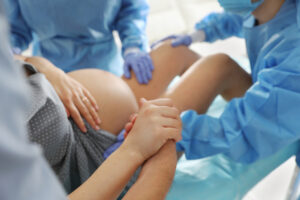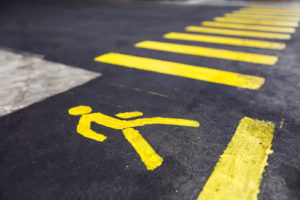According to new research published in Brain Injury, nearly three of four nonfatal traumatic brain injuries (TBIs) in youth and children requiring hospitalization involve consumer products registered with the U.S. Consumer Product and Safety Commission (CPSC). Out of more than four million pediatric TBIs that resulted in an emergency department visit, 72 percent were linked to consumer products such as home furnishings, fixtures, car seats, and sports equipment.
Every year, 30,000 U.S. children sustain a TBI. This can inhibit them from having healthy development and reduce their success in school. Physical, cognitive, and emotional impairments can occur depending on the location and severity of the TBI. Perhaps the greatest challenge for children with TBIs, according to the Brain Injury of America, is the changes and reduction in their ability to think, learn, and develop socially.
Researchers found that the top 10 leading consumer products that contribute to non-fatal TBIs in children are:
- Basketballs
- Beds
- Bicycles
- Chairs
- Floors
- Footballs
- Soccer balls
- Stairs
- Tables
- Walls and Ceilings
Researchers used data from over four million non-fatal TBIs in children and adolescents from under one year to 19 years old. Sports and recreation was linked to the highest number of injuries, accounting for 28.8 percent of them. Home furnishings/fixtures and home structures/construction materials were each linked to about 17 percent of the TBIs. Child nursery equipment and toys were linked to 2.7 percent and 2.4 percent of injuries, respectively.
Age matters, too. TBIs related to beds were highest among children 4-years-old or younger. Mishandled car seats were another leading cause of TBIs in infants. For older children, ages 5 to 19, sports and recreation accounted for a high number of TBIs. Bicycles, basketballs, and footballs in particular were the most prevalent sports-related TBIs.
Recommended Strategies to Reduce the Risk of Pediatric TBI in Your Home
- Avoid hard surface playgrounds
- Remove tripping hazards (e.g., area rugs)
- Improve lighting in the home
- Increase use of safety devices (e.g., stair gates)
- Use stairway handles that do not have sharp edges
This is not to say that parents should shield their children from the world, but it is important to pay attention to CPSC product recalls, which are issued when it becomes clear that a product is defective. For example, after investigating 200 consumer-submitted reports from 2012 to 2018 documenting a spontaneous failure of Britax’s Child Safety jogging stroller, CPSC staff members determined it was unsafe and needed to be recalled.
TBIs are an extremely dangerous injury for a developing child to sustain, so the clear best option is to prevent them from happening to begin with. As a consumer, you can submit your own unsafe consumer product report and keep doing your best to keep your house hazard-free.
@thumbnail.jpg)
Both an Emory School of Law graduate and MBA graduate of Goizueta Business School at Emory, Chris Nace focuses his practice on areas of medical malpractice, drug and product liability, motor vehicle accidents, wrongful death, employment discrimination and other negligence and personal injury matters.










Comments for this article are closed.